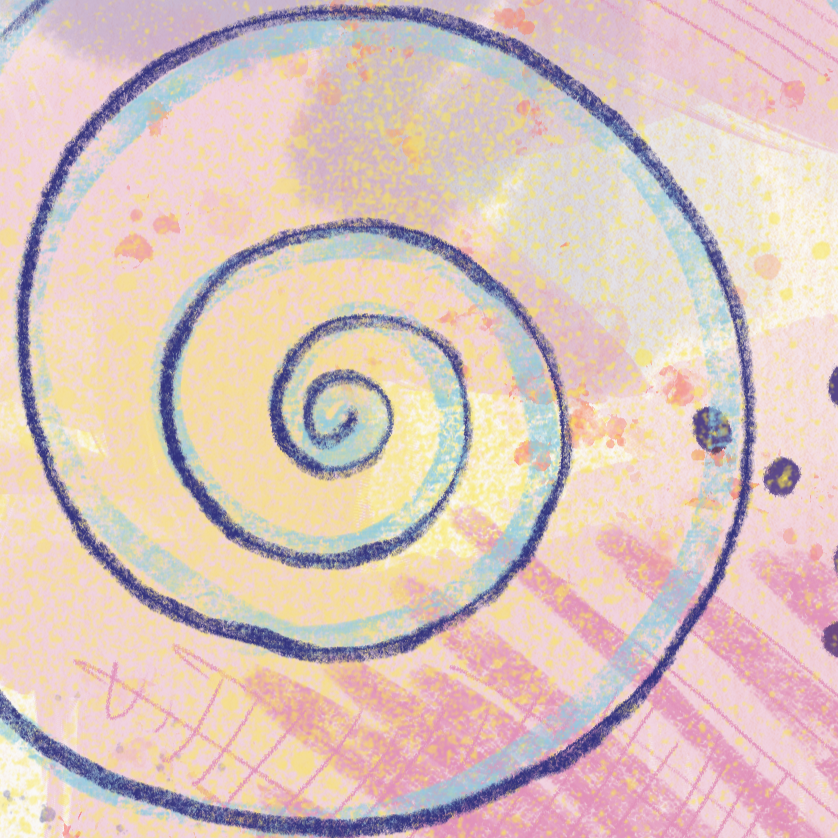Art Psychotherapy
Art psychotherapy is a gentle, creative approach to psychotherapy. Instead of focusing only on talking, it invites you to explore your experiences, thoughts and feelings through art-making and creativity — from painting, drawing, sculpting; to playing with colour and texture; to creative writing and poetry; to dance and movement, all forms of creative and artistic expression are welcome.
Who I work with…
-

Adults
Feeling stuck, disconnected, or seeking something deeper? Art psychotherapy can offer a creative, reflective space to explore what’s holding you back and reconnect with your sense of self.
-

Children
Is your child finding it hard to express big feelings or navigate life’s changes? Through art and play, therapy provides a safe and gentle way for them to make sense of their world.
-

Adoptees
Is your adopted child navigating big emotions, identity questions, or challenges that feel hard to put into words? Art psychotherapy offers a supportive, non-verbal space where they can safely explore their inner world at their own pace.
-

Groups
Looking to connect, reflect, or grow alongside others with shared experiences? Group art psychotherapy offers a creative, supportive space where expression and healing happen together.
FAQ
-
People often come to art therapy when they:
Feel overwhelmed or “stuck” in traditional talk therapy
Feel disconnected from the therapeutic process
Find it hard to put their experiences into words
Are living with anxiety, stress, grief, or trauma
Want to reconnect with creativity and intuition
Need a gentler, more embodied way to heal
Art therapy can help you feel more grounded, more in touch with yourself, and more able to move through life’s challenges with compassion and clarity.
Working creatively isn’t just enjoyable — it’s also deeply regulating for the brain and nervous system.
When we engage in art-making, we shift out of the busy, overthinking parts of the brain and into a more connected, present-moment state. The simple act of drawing, painting, or shaping something with your hands can:
Soothe the nervous system
Repetitive, rhythmic movements (like brushstrokes or kneading clay) can help calm the body, slow the breath, and signal safety to the brain.Support emotional regulation
Making art gives feelings a place to go — especially when they’re too overwhelming or unclear to talk about. The creative process helps emotions move through you, rather than staying stuck in you.Activate different areas of the brain
Art engages both the left and right hemispheres of the brain, promoting integration between logic and intuition, words and images, thinking and feeling.Create a sense of flow and focus
When you’re absorbed in a creative task, time can fade away. This “flow state” is known to reduce stress hormones and increase feelings of wellbeing.Reconnect mind and body
Art-making brings awareness back into the body through movement, texture, and sensation. This is especially helpful for those who feel disconnected or dissociated due to stress or trauma.
The body remembers. The nervous system holds it. But language often falls short.
This is where symbol and metaphor become powerful tools for healing. In art therapy, we don’t need to speak directly about the trauma. Instead, we can use images, shapes, colours, and stories to explore what’s held inside, without reactivating or retraumatizing.
Here’s why that matters:
It can feel safer
Symbol offers a layer of distance. You don’t have to relive the trauma. You can represent it as a storm, a locked box, a tangled thread. This allows space for exploration without overwhelm.It honours the unspeakable
Some experiences go beyond words. Metaphor gives shape to what might otherwise stay hidden, while respecting its complexity and depth.It works with the right brain
Trauma is often stored in the sensory and emotional parts of the brain, not the logical, verbal parts. Metaphor and image speak that sensory language reaching the parts of us that feel, sense, and remember.It allows for transformation
Symbols aren’t fixed. They can shift, evolve, be reimagined, and adapt for culture and situation. What once felt heavy or broken can become lighter, more empowered, or even beautiful through the creative process.
It puts you in charge
You choose what to share, how to represent your story, and when (or if) to speak about it. Working metaphorically gives you control over the pace and depth of the work.
-
Art psychotherapy is for anyone, regardless of age, background, or artistic experience.
You do not need to be “good” at art to experience the benefits of art psychotherapy. People of all artistic abilities are welcome. Art making in art psychotherapy is about expression, process, meaning making, story telling and much more.
It may be especially supportive if you:
Struggle with self-expression or emotional overwhelm
Have experienced trauma, loss, or big life transitions
Want to explore your identity, relationships, or inner world
Feel creatively blocked or disconnected from yourself
Whether you’re curious, cautious, or already creative — this space is for you.
-
A Space to Explore, Create, and Heal
In our sessions (typically 60mins), I’ll guide you through creative processes that feel safe, supportive, and responsive to your needs. You’ll be free to make, reflect, talk (or not talk), and simply be in a way that suits you
Together, we’ll explore whatever comes up at your pace, and in your own way.